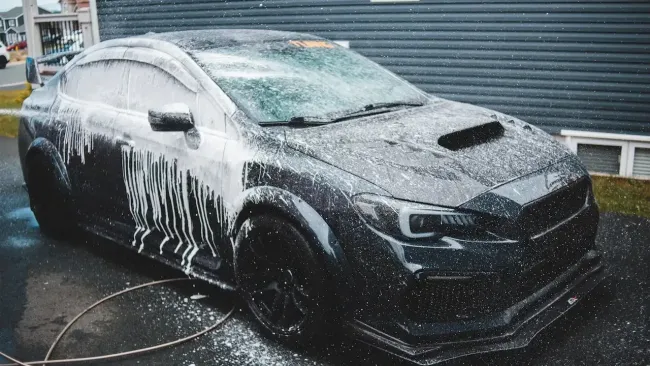
We'll walk you through the step-by-step process of installing car window tint at home. From preparing the materials to achieving flawless results, you'll learn everything you need to know to master the art of DIY window tint installation and elevate your car's appearance and comfort.
Gathering Materials and Tools
Before diving into the installation process, gather all the necessary materials and tools you'll need:
- Window Tint Film,
- Spray bottle filled with a soapy water solution
- Heat Gun or Hairdryer
- Squeegee or Credit Card
- Utility Knife or Razor Blade
- Microfiber Cloths
- Masking Tape
- Cutting Mat or Surface
Preparing the Work Area
Choose a well-lit and dust-free area to work on your car. Park the vehicle in a shaded spot to prevent the tint from drying too quickly during installation. Clean the windows thoroughly with a glass cleaner to remove any dirt, grease, or debris that may interfere with adhesion.
Cutting the Tint Film
Using the cutting mat or surface as a guide, measure and cut the tint film to the appropriate size for each window. Leave a slight overhang of tint film around the edges to ensure complete coverage of the window.
Applying the Soapy Water Solution
Spray the outside of the window generously with the soapy water solution. This will prevent the tint film from sticking immediately and allow you to adjust its position during installation.
Applying the Tint Film
Carefully peel the protective backing off the tint film and spray the adhesive side with the soapy water solution. Position the tint film onto the window, aligning it with the top edge and leaving a small gap at the bottom to prevent water from seeping underneath.
Smoothing Out Air Bubbles
Using the squeegee or credit card, gently press the tint film onto the window, starting from the center and working your way outward. Use smooth, overlapping strokes to remove any air bubbles and ensure proper adhesion.
Trimming the Excess Film
Once the tint film is applied smoothly, use the utility knife or razor blade to trim the excess film from the edges of the window. Take care to cut along the edge of the window precisely to achieve a clean and professional-looking finish.
Heating and Shaping the Tint
Using the heat gun or hairdryer set on low heat, gently heat the tint film to help it conform to the shape of the window. Work slowly and evenly, applying heat to any areas where the tint may be wrinkled or creased.
Finalizing the Installation
After shaping the tint film to the window, use the squeegee or credit card to smooth out any remaining air bubbles or imperfections. Wipe down the window with a microfiber cloth to remove any excess water or debris, and allow the tint film to cure for at least 24 hours before rolling down the windows.
Post-Installation Care
During the curing process, avoid rolling down the windows or cleaning the tinted surfaces. Once the tint film is fully cured, you can clean it with a mild glass cleaner and a soft cloth to maintain its clarity and appearance.
Installing car window tint at home is a rewarding project that can enhance your car's appearance and comfort. By following the step-by-step instructions outlined in this guide and exercising patience and precision, you can achieve professional-looking results without the need for professional installation. Remember to take your time, work carefully, and enjoy the process of customizing your car to your liking.


